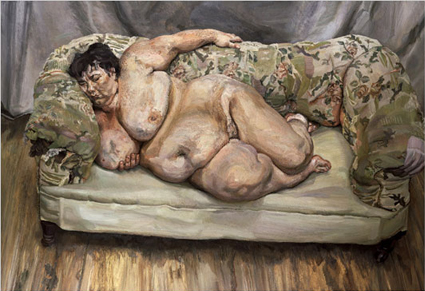The moment when . . . Andrew Graham-Dixon realised that the art of the past had been relegated to the status of the Safely Historical
Lucian Freud has hung four of his most recent paintings among the Baroque works in the Dulwich Picture Gallery. This is an extremely arrogant and an extremely brave thing for a living artist to have done: a modern painter's way of insinuating that he hasreached Old Master status, but also one that allows his public to make the necessary testing comparisons and come to their own conclusions. The exhibition is also a quiet indictment of prevailing attitudes to the great art of the past.
All four of Freud's pictures are hung around Rubens's great Venus, Mars and Cupid. The exhibition has a competitive edge to it, like a boxing match. But Lucian Freud in the grey and gritty corner versus Peter Paul Rubens in the bright, many-coloured corner is hardly an even contest. Freud is lighter and smaller and he has less reach than his opponent. His training regime has not been anything like as rigorous as it should have been. Gentle sparring with lightweights like Stanley Spencer and light-heavyw eights like Francis Bacon has not prepared him for a match-up with the big man from Flanders, who has been the full distance with men like Nicolas Poussin and Rembrandt van Rijn. The result is a first-round knock-out.
The vitality and pathos of the Rubens, its bright celebration of Venusian voluptuousness and fertility; its enigmatic addit- ional quality of melancholy in the distant gaze of Mars; the amazing free confidence with which it has been painted, especially in those feathery swipes of light reflected in Mars's shield; the bold radiance of its colour scheme - all these combine to make Freud by contrast...


